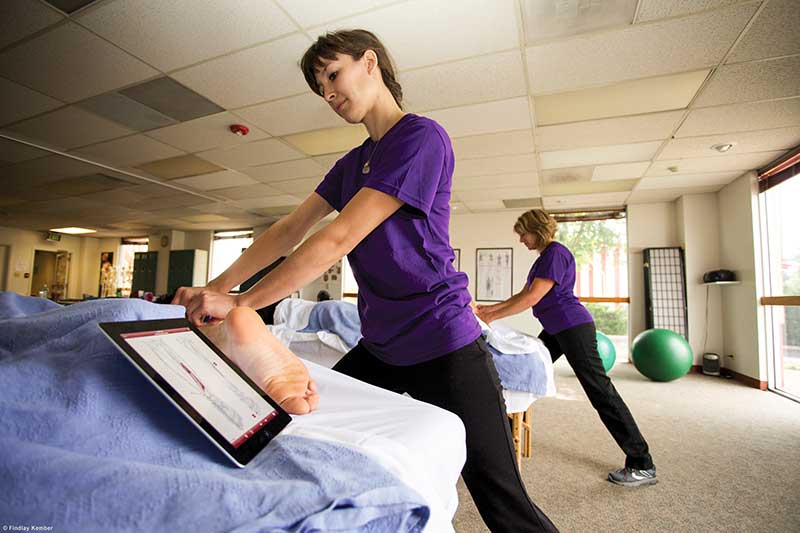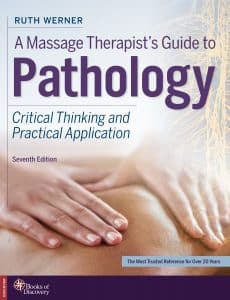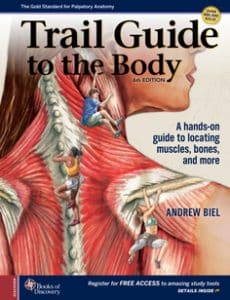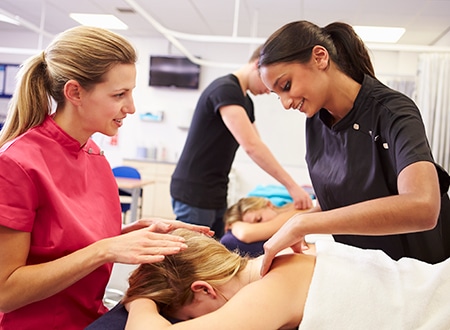I learned with this textbook series in 2002 and every print keeps getting better. I use it now in my kinesio class and students are able to navigate clearly, concisely and will utilize the resources again and again throughout their own practice.”
Engaging textbooks, eTextbooks and digital resources.
Ensure your students are prepared for a successful massage therapy career. Our practice-focused textbooks, eTextbooks, and digital massage therapy resources align with the MBLEx and ELAP, helping students boost their performance and demonstrate the knowledge and skill needed for becoming a licensed massage therapist.
Explore our latest textbook editions (print and digital).

Textbooks to consider.
 A Massage Therapist’s Guide to Pathology
A Massage Therapist’s Guide to Pathology
Written exclusively for massage therapy students, A Massage Therapist’s Guide to Pathology is a cornerstone educational resource for the massage profession. This premier pathology textbook serves up a comprehensive review of the etiology, signs, symptoms, and treatment of more than 500 diseases and disorders.
 Trail Guide to the Body
Trail Guide to the Body
This “gold standard” textbook delivers beautifully illustrated information for learning palpation and the musculoskeletal system. Used by more than 2,500 programs worldwide and translated into 10 languages, Trail Guide to the Body is the preferred choice for mastering manual therapy skills and knowledge.
